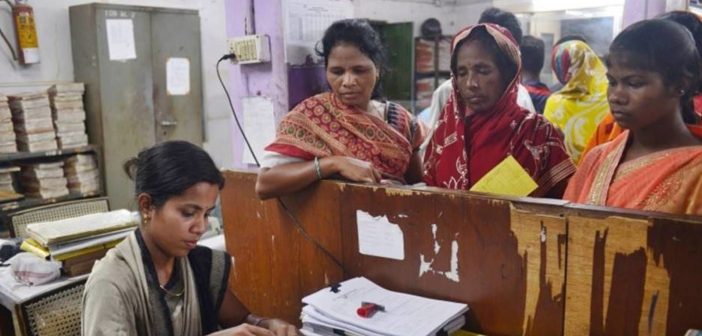Financial inclusion remains a critical challenge in India, particularly for women residing in rural areas. Despite significant progress in recent years, a vast gender gap persists when it comes to access to and utilization of formal financial services. This article explores the compelling reasons why India needs to offer specialized bank accounts and products tailored to the unique needs and circumstances of rural women.
The Gender Gap in Rural Banking
Statistics paint a clear picture of the disparity. According to the Global Findex Database 2021, only 53% of adult women in rural India have a bank account, compared to 78% of men. This gap translates to limited access to savings opportunities, credit facilities, and financial products like insurance, hindering women’s economic empowerment and overall well-being.
Understanding the Roadblocks: Why Rural Women Fall Behind
Several factors contribute to the low financial inclusion of rural women:
-
Social Norms and Lack of Awareness: Deep-rooted patriarchal norms often restrict women’s autonomy over financial decisions. Limited financial literacy further compounds the issue, leaving women unaware of the benefits of formal banking and hesitant to approach financial institutions.
-
Travel Distance and Accessibility: Many rural areas lack bank branches, forcing women to travel long distances to access banking services. This can be time-consuming and expensive, especially for those with limited mobility or childcare responsibilities.
-
Product Mismatch: Traditional banking products might not cater to the specific needs of rural women. Loan options with high-interest rates or rigid repayment structures can be unsuited for their income-generating activities.
-
Language Barriers and Gender Bias: The language used in banking documents and interactions might be unfamiliar to women, creating a sense of exclusion. Additionally, subconscious gender bias among bank staff can create an unwelcoming environment.
Empowering Women, Strengthening the Economy: The Benefits of Specialized Services
Tailored financial products and services designed for rural women offer a multitude of benefits:
-
Savings and Financial Security: Easy-to-access savings accounts with attractive interest rates incentivize women to save their income, fostering financial security and enabling them to build a safety net for emergencies.
-
Microfinance and Entrepreneurship: Access to affordable microloans allows women to invest in income-generating activities, such as starting small businesses or pursuing agricultural ventures. This fosters entrepreneurship, boosts their economic independence, and contributes to household income.
-
Financial Literacy and Planning: Financial education programs integrated with banking services empower women to understand financial concepts, manage their money effectively, and plan for the future.
-
Building Credit History: Regular usage of formal financial services helps women build a credit history, allowing them to access larger loans for bigger ventures in the future.
Examples of Success: Showcasing the Power of Tailored Solutions
Several initiatives offer successful models for specialized banking services for rural women:
-
Self-Help Groups (SHGs): These government-backed groups provide women with access to microfinance, training, and market linkages. The peer-to-peer support system within SHGs fosters confidence and collective bargaining power.
-
Jan Dhan Yojana: This government scheme offers basic bank accounts with features like RuPay debit cards and overdraft protection. While not exclusively for women, it simplifies access to formal banking for all, including those in rural areas.
A Roadmap for Change: How to Bridge the Gap
Bridging the gender gap in rural financial inclusion requires a multi-pronged approach:
-
Designing Women-Centric Products: Banks need to develop financial products specifically catering to rural women, considering their occupations, income patterns, and saving goals. This could include microloans with flexible repayment options, savings accounts with features like micro-insurance, and investment options in areas familiar to women, like gold or livestock.
-
Financial Literacy Initiatives: Targeted financial literacy programs need to be conducted in local languages and delivered through accessible channels like village meetings and women’s self-help groups. These programs should address financial planning basics, saving strategies, and the benefits of formal banking.
-
Reaching Out to Rural Areas: Expanding bank branches and leveraging technology can improve accessibility. This includes establishing mobile banking units, deploying banking correspondents in villages, and promoting the use of mobile wallets and digital banking platforms.
-
Gender Sensitization of Bank Staff: Training bank staff on gender sensitivity and cultural nuances can create a more welcoming environment for rural women.
-
Collaboration with NGOs and SHGs: Partnering with NGOs and self-help groups can leverage their existing networks to reach out to women in remote areas and provide them with financial services and support.
Conclusion: Investing in Women’s Financial Inclusion
Providing specialized bank accounts and products for rural women is not just a social imperative, but also a sound economic strategy.





